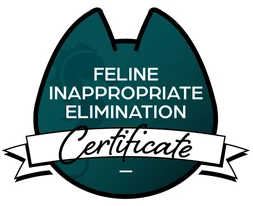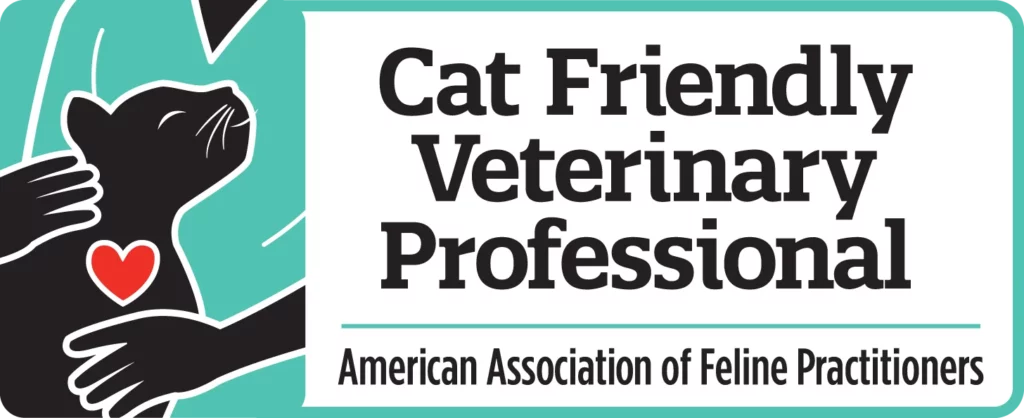For those of you who missed it, I did a very special Instagram Live with the one and only Planty Queens yesterday! I had so much fun talking plants and cats (and Roombas and ferrets). For those who weren’t able to check it out live, you can head over to Planty Queens’ Instagram to check it out… and while you’re on IG, you should probably follow Class Act Cats if you’re not already.
I wanted to expand a bit on what we talked about yesterday and offer a few extra tidbits of advice to hopefully help cat parents keep both their cats and their plants living in harmony. As with anything on this blog or the internet in general, this advice is very general. Each cat is unique and not everything is going to work for every cat. If you’d like more personalized advice or to go over a catification plan, I’d be happy to set up a consultation.

How to tell if plants are safe for cats
First off, I strongly advise doing a check on any plant you plan to bring into your home ahead of time. Some plants, in particular lilies, are deadly to cats even in small amounts. You don’t want to risk your cat nibbling on one of them! A great source for information is the ASPCA’s Toxic and Non-Toxic Plant database. You can search plants to find out which ones are safe and which ones aren’t.
I personally err on the side of not bringing anything into the home that is toxic as they can make your cat pretty miserable for a while even if they won’t die. I also wouldn’t rely on your cats learning that chewing on the plant will bring bad things. Some cats continue to chew if their needs are not being met, depending on what their motivation is behind the chewing.
Many websites have pet safe sections, including Planty Queens’ website! That is always a good place to start when looking at houseplants. Many garden centers have signage around indicating which plants are safe for pets. If you’re unsure, you can also ask staff for some guidance as well.
If you have any concerns regarding toxicity, I encourage you to contact your veterinarian for specific questions. They’ll be able to give you individualized advice and discuss considerations specific to your cat!
Stopping cats from getting to your plants
This one is pretty obvious, but the easiest and most effective thing you can do is block your cat’s access to plants you don’t want them chewing on. This can be achieved in a variety of ways depending on your living situation, space, and plants. One option is keeping your plants in an your office at work or in a room where the cats completely don’t have access to. Keep in mind this second method requires that you don’t let your cats into the space at all so you need to be very careful going in and out.
Terrariums are also a great option. For plants that thrive in humidity and warmth, you can find some nice terrarium set ups. If you’re feeling creative, you can also repurpose items into terrariums. Just make sure they’re enclosed so your cats won’t be able to get into them or try to stick their curious paws through any openings.
Hanging Plants
One way I personally have gotten into recently is hanging plants. I’ll admit that this is largely due to me running out of window sill space and wanting to buy more plants, but it does have the bonus of keeping Z away from my plants.
Some considerations when hanging plants:
- Cats love climbing and vertical space. Try to hang your planters in a place that they won’t be tempted to jump after them or where they don’t hang down low enough that your cats may see them as a toy. Also avoid hangers that seem too dangly at the bottom so they don’t look like something a cat may want to play with.
- Some plants are very sensitive to heat and cold drafts. Keep in mind when hanging plants their placement in relation to vents or drafty windows.
- You’ll likely need to take the plants down when watering them so don’t make them TOO tough to access. Otherwise, you can choose plants with lower water needs.
If you’re crafty, I strongly suggest making your own macrame plant hangers. They’re not that difficult to learn how to make and, depending on how complex of a pattern you’re following, they can be made pretty quickly. If you use thick cord like this one it will go even faster! If you’re looking for basic starter supplies, I purchased this beginner kit to get me started.
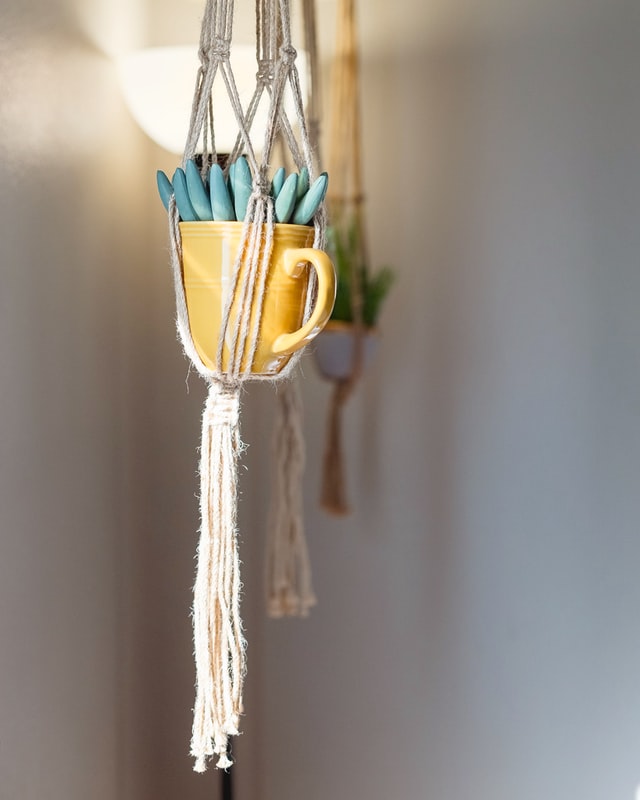
If you’re looking to hang plants and have somewhere metal near where you want to hang them, you can consider using magnetic hooks. These are great for renters are they don’t require drilling. Not every metal will hold the hooks as powerfully so I recommend getting a much stronger magnet than what you think you’d need and cautiously testing them.
They also make a variety of different wall planters. Not all of them have drainage holes so be careful about reading the description before you purchase them. I have two sets of these basket style hangers that have removable inner planter. They’re super lightweight and great for smaller plants. Plus, they come with a few different ways of hanging them so you can figure out a way that works with your space. Another advantage is that these can be easily hung higher up on a wall so it’s less tempting for kitty.
Scent Deterrents For Plants
Cats are very sensitive to scent. Some scents will draw cats in and some will send them packing. Cayenne pepper was specifically discussed and I gave an answer of “yes-ish” for if it can work. This method can work. Some cats will stay completely away from it on smell alone, but it can burn if they ingest it. This is definitely not my first choice for keeping cats away because of that and I don’t usually advise it for clients.
The biggest thing to keep in mind with any sprays/scent based methods are that they don’t address the underlying reason why your cat is chewing on your plants. They may keep them away, but there’s a risk they’d go nibble on something else. It’s a really good idea if you try this method to make sure that your cat also has all their basic needs addressed including access to food, mental stimulation, and things you’d prefer they chew on.
You also want to evaluate if there’s something that they’re looking for with the chewing such as attention. This may be where you get in touch with me as I’m more than happy and able to assess for what your cat is looking for. We can come up with a behavior modification plan that involves satisfying your cat’s natural urges while keeping your plants safe.
Using tin foil to keep cats from plants
Tin foil is another common method suggested. Some cats really don’t like the crinkling sound of tin foil or the way it feels. Placing it near your plants or around the planter can work for some cats. That said, it may result in your cat going for another plant or finding some sort of other mischief to get into so I always advise doing this with an assessment of what the cats’ needs are (or just skipping the tinfoil). Those need to be addressed as well. Some cats also like playing with tinfoil. They may end up being more attracted to the plant.
Where might this method be used most effectively? Combine it with offering your cat an alternative activity and addressing some of their needs. It may also work for larger plants that you can’t hang up or place out of the cat’s reach.
Squirt bottles for cats
Don’t. Just don’t. (Here is more on why).
Cat Safe Plants
What are some great cat safe plants? There are so many! I can’t possibly highlight them all, but some of my favorites are hoyas. Hoyas are extremely trendy right now so you can find a huge variety of them at differing price points.
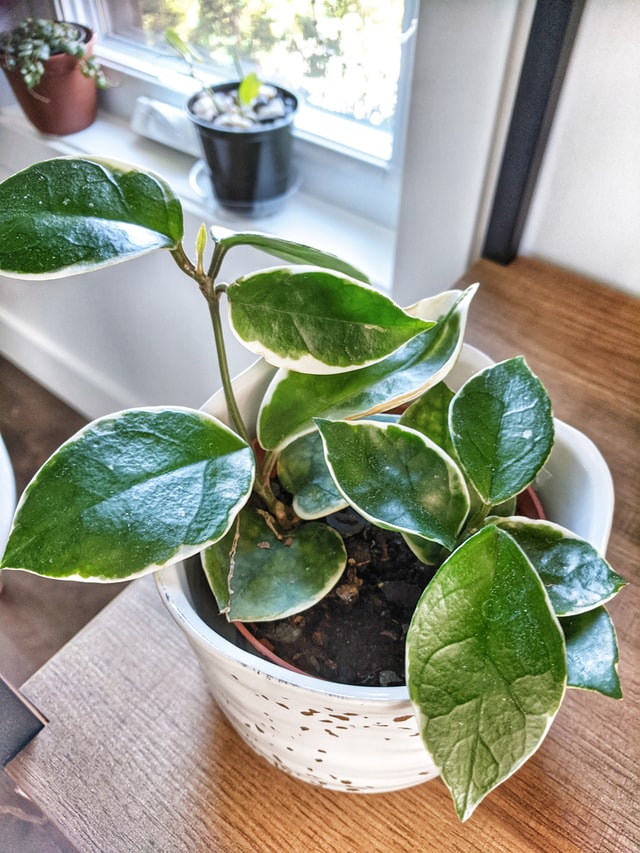
Many hoyas have really cool leaves that come in a variety of different textures, sizes, and colors. With the right conditions, many hoyas will eventually flower. They have really cool flowers in so many different colors. It’s totally worth the effort to see them blossom.
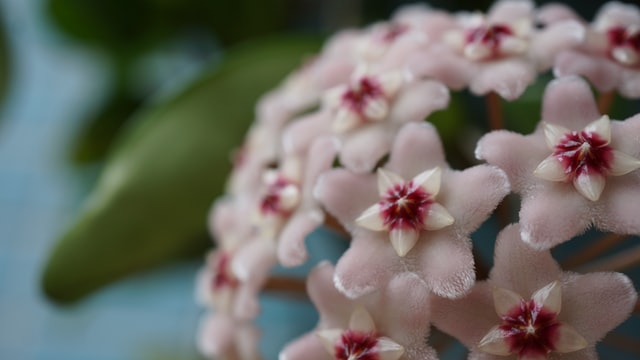
Hoyas are vining plants so you may want to hang them or put them in a tall planter. You can also train them to wrap around a trellis. Even though they’re cat safe, some cats who find dangling objects to be appealing may try to play with them. Keep that in mind when choosing a location for them.
Gesneriads
Less trendy currently but just as cool to me are African violets and other gesneriads. Many species in this family are cat safe (though obviously check before you bring any home) and they flower profusely.
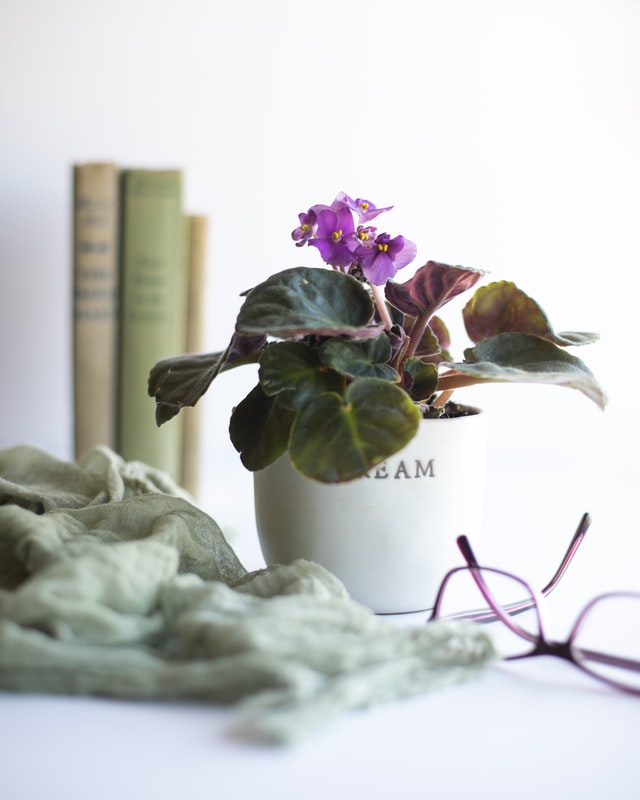
African violets are extremely easy to propagate from leaf cuttings so if you have a friend who has one and will let you snip a healthy leaf, you can get it to grow with a little effort and time. Best of all, there are so many different shaped flowers and the colors you can find are incredible. They have nice, fuzzy leaves too.
Other members of this family include lipstick plants, Streptocarpus, and goldfish plants. They all have flowers and have different characteristics and growth needs. If you’re looking for a flowering, cat safe plant you really can’t go wrong with a gesneriad.
(Some) Succulents
Lastly, for those that want a lower involvement plant, consider succulents. Many common varieties of succulents are cat safe including Haworthia, Echeveria, and Sempervivum. These plants can have a bit of a learning curve as they have specific soil and watering requirements. They’re prone to over watering and many people accidentally kill their succulents by giving them too much water. Yes, I am calling myself out on this one. I’ve lost a few to being too loving toward them!
Cactuses are a mix bag. While they’re usually not toxic, the spines can be painful and extremely dangerous to cats. All my cacti are in places where Z can’t get to and I avoid Optunia cacti. These contain spines called glochids that can cause irritation for humans, felines, and other species that persists long term as they’ll easily get stuck in skin or other body parts.
Worst of all, these can fall off and get stuck so even if it’s out of reach of your cat, they may still get them stuck in their paws or elsewhere. Not worth the risk! Cactuses without spines such as the fishbone cactus or Christmas/Thanksgiving/Easter cacti are much lower risk.
Keeping Your Cat Away From Your Plants
At the end of the day, the most important thing you can do is make sure your cat has their needs met. This prevents a lot of behavior problems in general, but it can be extremely helpful when it comes to keeping your cats away from your plants. Make sure your cat has adequate access to food, water, and mental stimulation. A great method of achieving stimulation while feeding your cat is with feeder toys.
Make sure your cat gets plenty of positive attention as well. Contrary to popular belief, cats have more social needs than their reputation would suggest. Your cat may be chewing on your plants to get your attention.
Of course, some cats just have a need to chew on things. Providing a diversion or acceptable object they can chew on may help. You can even grow plants specifically for your cat to chew on! A nice option is cat grass. You can get a nice starter kit with a very cute cat mug planter here. Cat grass is pretty easy to grow as long as you don’t over water. It usually lasts a few weeks before needing to be replanted, but with how rapidly it grows that usually isn’t a problem.
Some cats will naturally go right for the cat grass. Others may take a bit of reinforcement. Making chewing on the grass a positive experience with praise, treats, and other rewards that they like can enhance the chances of them going for the cat grass consistently. Clicker training, which is something Class Act Cats offers or can be part of a behavior modification plan, is another great option to help ease that process along.
At the end of the day, there are plenty of ways to be both a cat and a plant parent. You don’t have to choose between the two! Some methods may work but aren’t great methods or are cruel. Some methods may take some work but are much more effective. Not every plant needs to be entirely kept away from your cats, either. And if you find yourself struggling, there are plenty of resources (including Class Act Cats!) that can help you all living things in your home live peacefully.




